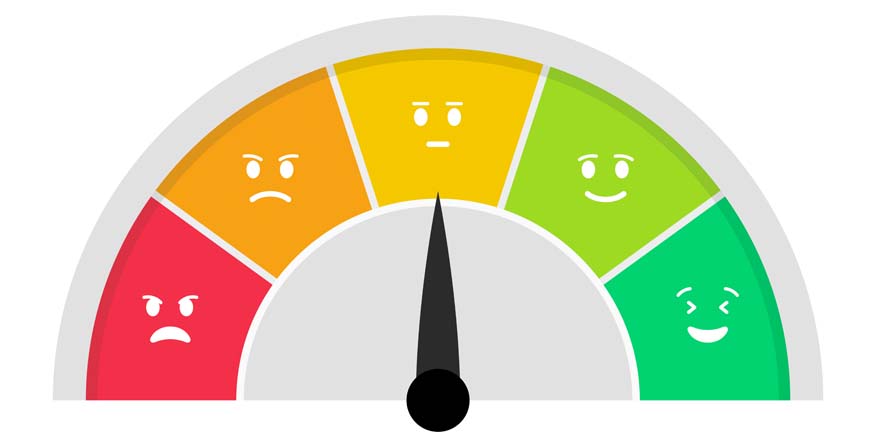
Education is a catalytic instrument with the power to change the present and future of a country. The Indian education industry is extensive and active. It has a significant impact on the country’s socioeconomic growth. India has approximately 14.89 lakh schools, over 26.52 crore students, and 1.13 crore teachers. This makes it the world’s largest education system.
Over the last several decades, the Indian education system has seen massive transformations. There is a revolutionary influence of technology in the educational landscape. This has led to the creation of new methods of learning. The K-12 education system is one of them. It promotes better interaction between teachers and students. This concept has gained popularity in the USA, Canada, the Philippines, Turkey, South Korea, and Australia.
Today, most of the educational institutions across India are implementing K-12 programs. In this blog, let’s understand the basics of the K-12 curriculum, its objectives, and benefits.
What is K-12 Education?
K–12 education system is a cutting-edge method of education. It covers a child’s whole academic journey from Kindergarten (K) to the 12th grade. It is a complete curriculum that includes both academic and non-academic subjects. The K-12 programs intend to prepare children for higher education and future employment. The schools offer a range of courses to ensure that children have a holistic education.
Unlike traditional approaches, K-12 promotes interactive learning over rote learning. Teachers use technology to change their teaching methods. They adapt to the learning stages of their learners, hence improving educational effectiveness.
The technology-based K-12 education system promises more self-sufficient and independent learners. This makes the learners capable of making a difference not only in schools but also in society as a whole.
Current Scenario of K-12 Programs in India?
In India, the first 10 years of the system are for basic education. 2 following academic years prepare students for further education in various professions.
According to research by FICCI and EY, India now has over 254 million K-12 students and 1.5 million schools. These schools are either government, private aided, or private unaided. Approximately 46% of children attend private schools, while 54% attend government institutions.
The Indian government has been taking initiatives to ensure that every kid, irrespective of background, has access to education. The Right to Education Act of 2009 made education mandatory and free of charge for all children aged 6 to 14. The 2020 National School Policy (NEP) brought up major shifts in the education sector. All students can get an organized education through the K–12 education system.
Structure of K-12 Curriculum
Every school follows a set curriculum established for the emotional and cognitive development of the students at every educational level. Indian Education System has 4 levels in the K-12 curriculum. These levels are acceptable in both government and private schools. They are as follows:
- Primary Level (Classes 1st to 5th)
- Middle Level (Classes 6th to 8th)
- Secondary Level (Classes 9th and 10th)
- Senior Secondary Level (Classes 11 and 12)
It covers the development of fundamental language, mathematics, and science skills.
It includes a broad range of academic and vocational subjects.
It also includes academic and vocational subjects with advanced levels.
It aims to prepare students for higher education and careers.
In the K-12 education system, primary and secondary levels use a continuous evaluation system. It includes regular assessments and examinations. The senior secondary school system follows a more uniform test structure. The students undergo board examinations after classes 10 and 12.
What are the Purpose and Benefits of K-12 Education?
The goal of the K-12 approach is to standardize the distribution of education throughout all ages of children before they enter college. Segmentation such as level-based, board-based, or ownership-based addresses individual student requirements. K-12 seeks to personalize education by focusing on important needs. Following are some key benefits of the K-12 education system:
- The K-12 education system promotes intellectual growth and passion for learning. It fans the curiosity of learners. It inspires students to pursue their interests while preparing them for higher education and future jobs.
- Kindergarten K-12 education acknowledges that every kid learns differently. Every student receives a learning path most suited to their skills and learning speed.
- K-12 education emphasizes the development of social skills. This allows students to connect, collaborate, and build meaningful relationships. It uses both online and offline methods to develop social skills.
- Exposure to technology and online K-12 curriculum enhances their skills and talents. These skills include problem-solving, creative thinking, teamwork, and interpersonal communication.
What are the Challenges of K-12 Education in India?
Several challenges occur when we talk about K-12 education in India. They are as follows:
- Accessibility issues to remote locations
- High Teacher-Student ratio
- Lack of resources and enough infrastructure
- Lack of proper teacher training
- Differences in educational quality between rural and urban locations
- Lack of parental support
- Higher attrition rate of students and teachers
Investment in infrastructure and technology can improve the learning environment and lower dropout rates. Likewise, fair resource distribution and extensive teacher training tend to be important.
Role of Parents and Teachers in K-12 Education
Teachers and parents all play important roles in the all-round development of children. Both have a significant impact and duty in shaping a child’s personality.
Parents should talk about their children’s academic aspirations. They should embrace the fact that every child is unique. Teachers play an important role in fostering a healthy and engaging educational environment. They help in creating successful lesson plans, evaluating the student’s progress, and offering support. Thus, they both are responsible for developing a child’s personality.
With the K-12 education system evolving at a rapid rate, schools are adopting the platform and providing their best for the country’s educational growth and improvement. Billabong High International School fosters and celebrates each child’s unique potential, providing boundless learning opportunities. Enroll now to start an exciting journey filled with learning and exploration!



